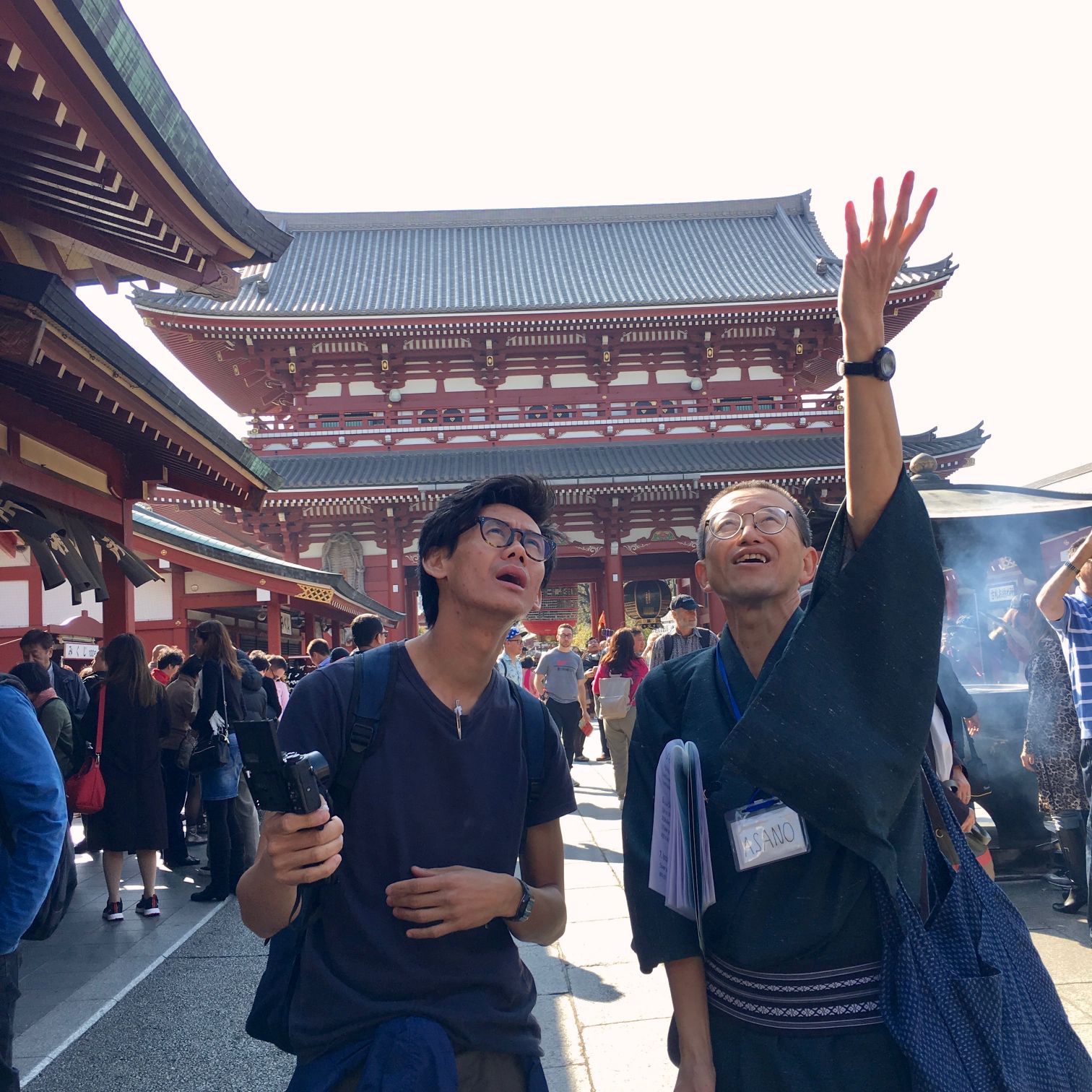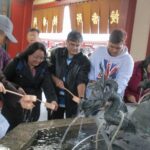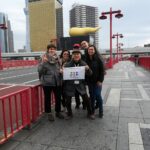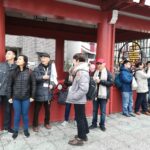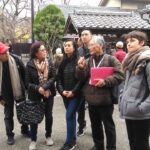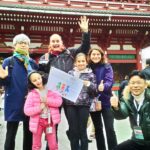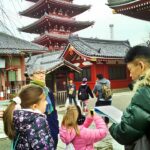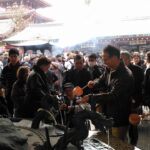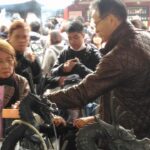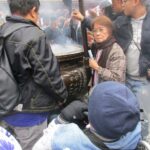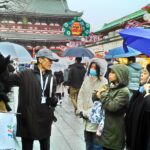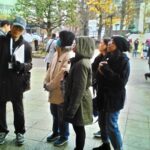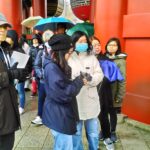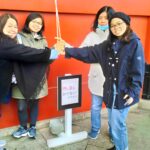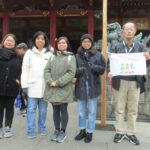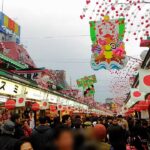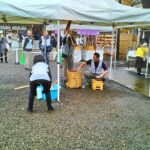Thank you for joining our Tokyo Free Walking Tour in Asakusa.
On the day of our two-guided tours, the 23rd of December, we welcomed 22 guests on our walking tour.
These people came from different corners of the world, including Malaysia, Switzerland, Philippine, U.S.A. and U.K.
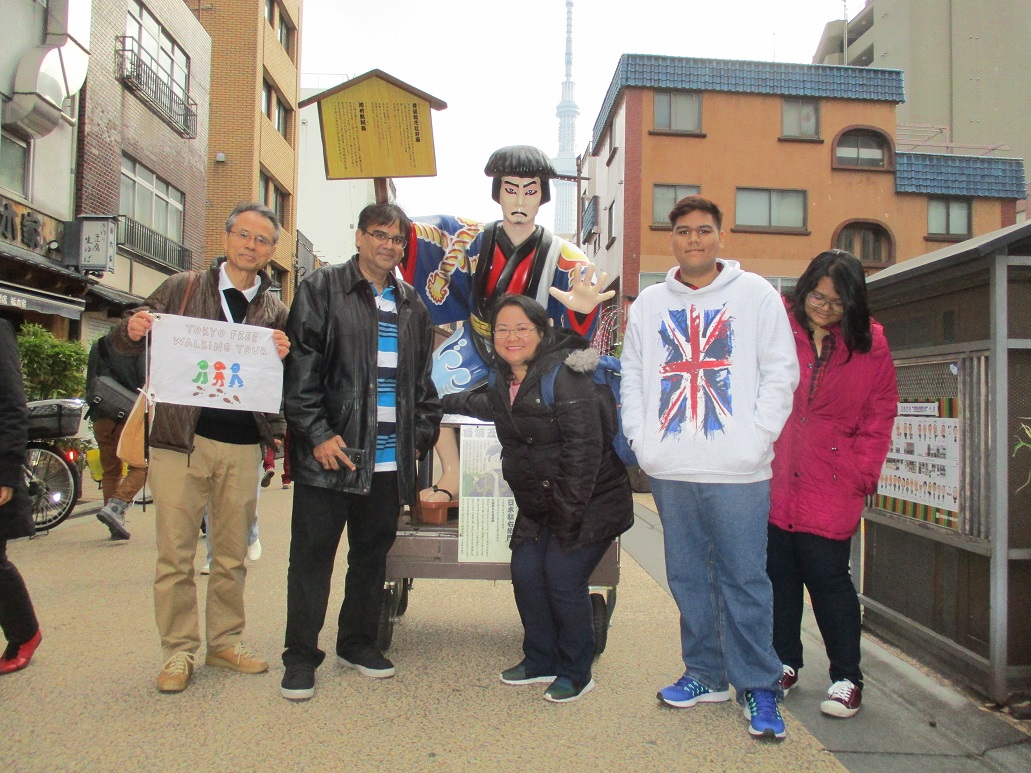
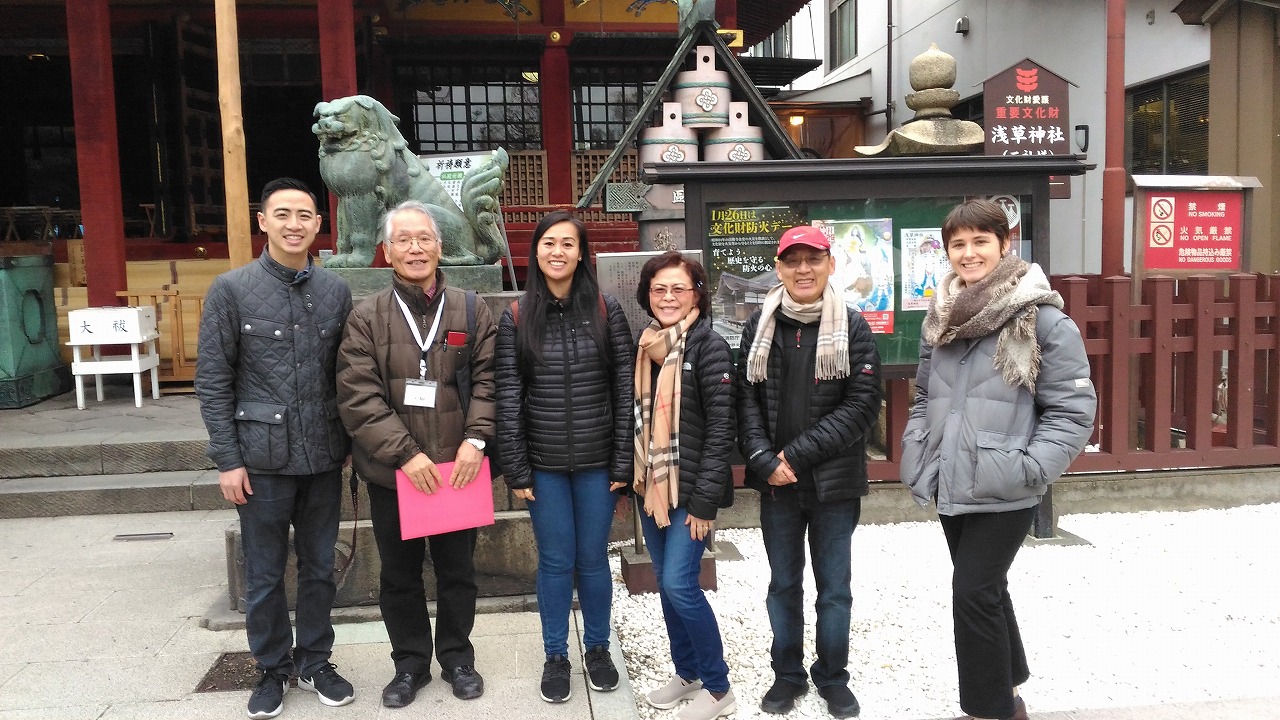
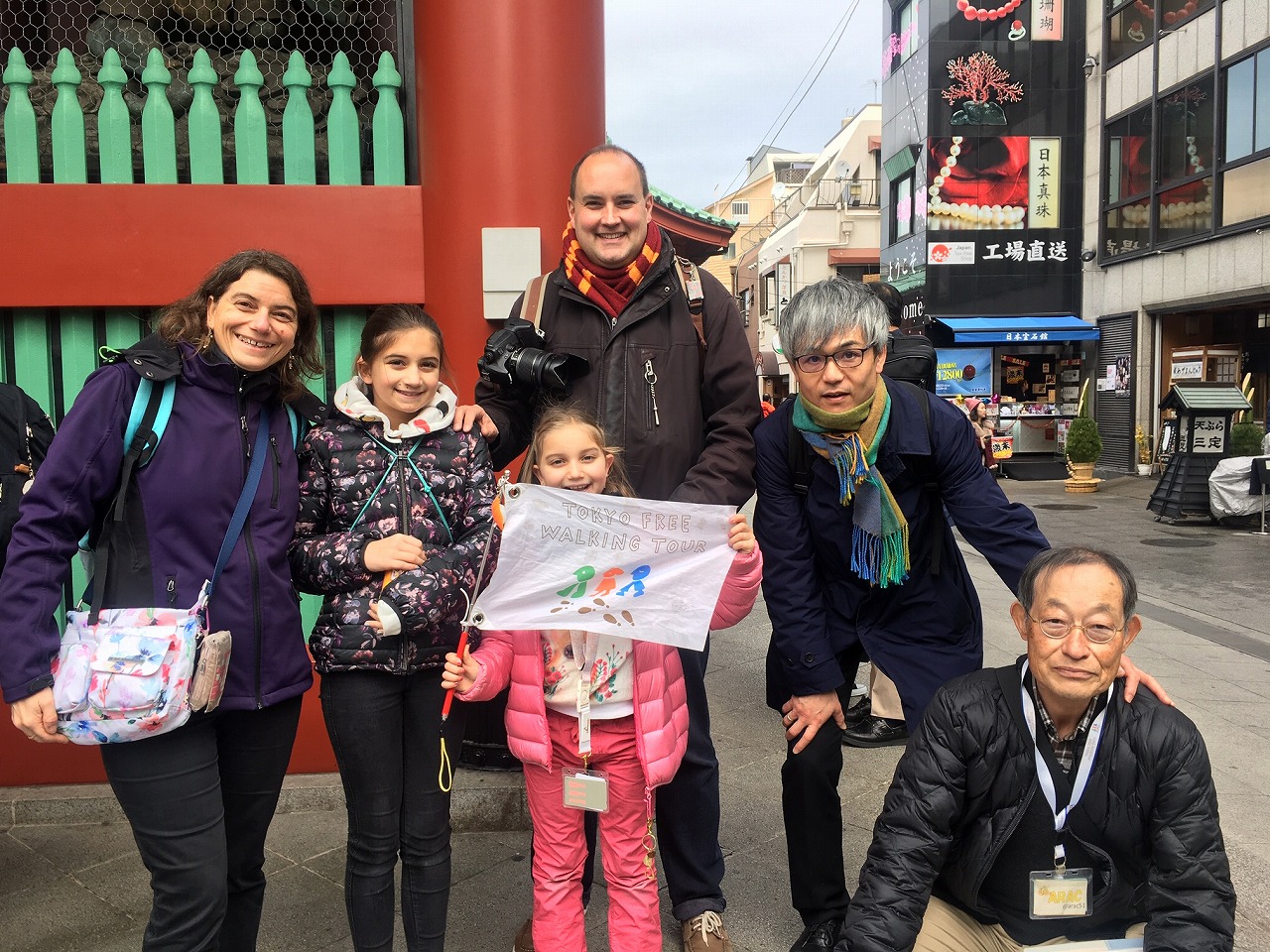
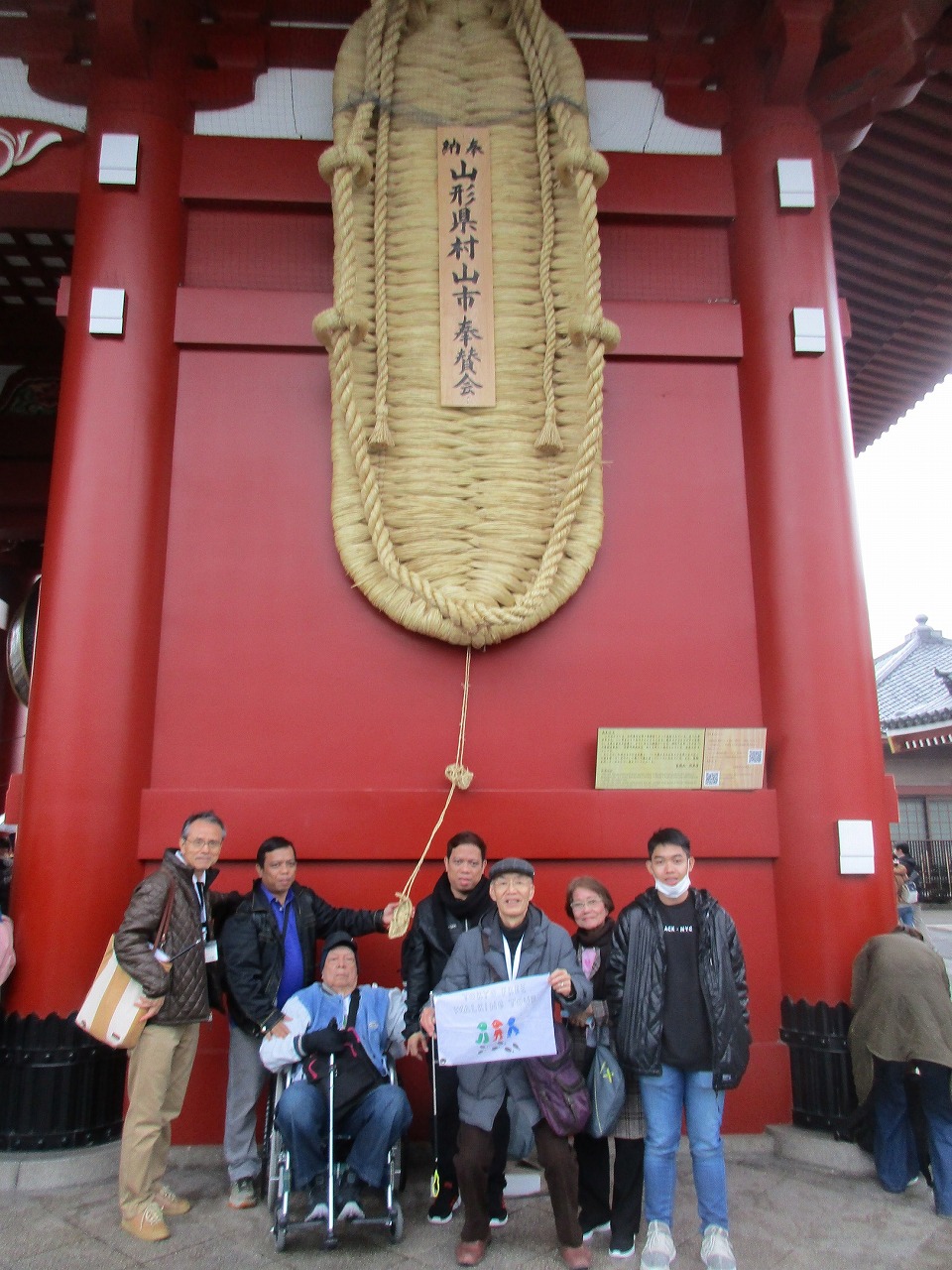

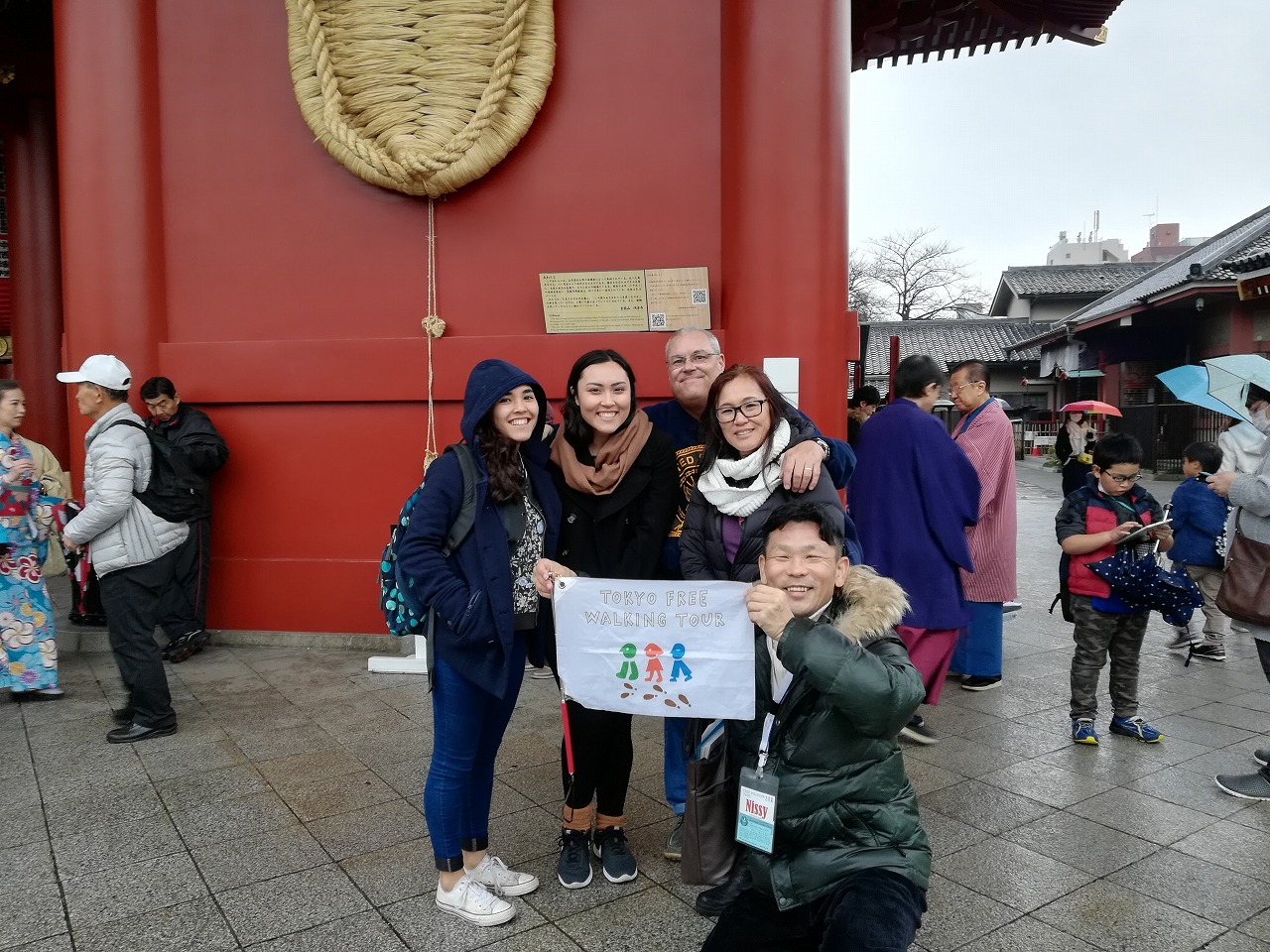
The hectic and restless atmosphere in Japan signals that the year-end festivity has finally started. In Asakusa, most of the streets are packed with the influx of holiday shoppers, tourists and Buddhist devotees.
An iconic location in the area named the “Kaminarimon Gate” or Thunder Gate is also surrounded by people. Most of them are tourists taking photos, trying to preserve the memories against the red painted gate. After managing to go through the Buddhist gate, tour groups stepped onto a busy street called the Nakamise Street. This street serves as the path to the main hall of the Sensoji Buddhist Temple. Still having some obstruction on our way to the narrow street, we were able to share to the group the information regarding the size and historical background of Nakamise street. Looking up at the colorful signboards and decorations hanging from the shops lining the streets, we felt that this, along with the jam-packed shopping areas that we passed, are real signs of the start of the year-end festivities in Japan. These jolly decorations and signboards are usually associated with things seen during New Year celebration. These include battledores, kites, and other lucky charms.
- Sensoji Buddhist Temple
- Nakamise Street
- Thunder Gate
At the time we concluded the tour in the Asakusa Shinto Shrine, with joy, we coincidentally saw two people working hand-in-hand in making mochi, or rice cakes, in the Asakusa Shinto Shrine compound during our tour.
The mochi that they are making will most likely be offered to the Shinto deity enshrined in this religious establishment for the upcoming New Year celebration.
- A mochi making
- mochi
- Asakusa Shinto Shrine
In the past, it was customary that most of the families made mochi in their home during the year end, and enjoyed eating these celebratory foods during new year season in hopes of being persistent and persevering person like mochi because of its stickiness.
Nowadays, we rarely encounter the mochi making act in Japan because people buy the mochi at grocery stores.
This was the final tour this year of the Asakusa area.
It’s our pleasure to have welcomed people from the different countries for the entire year.
A lot of people participated in our Asakusa walking tour and expressed their great interests in religious rituals or topics related to Japanese cuisine like ramen, sushi or other distinctive dishes.
Aside from that, we truly appreciate some guests who extended their stay and joined our last day’s tour held in the East Garden of the Imperial Ground to participate in this Asakusa guiding.
Hopefully, more and more guests willingly come and join our tours.
Have a nice new year holiday.
(By Arac)

